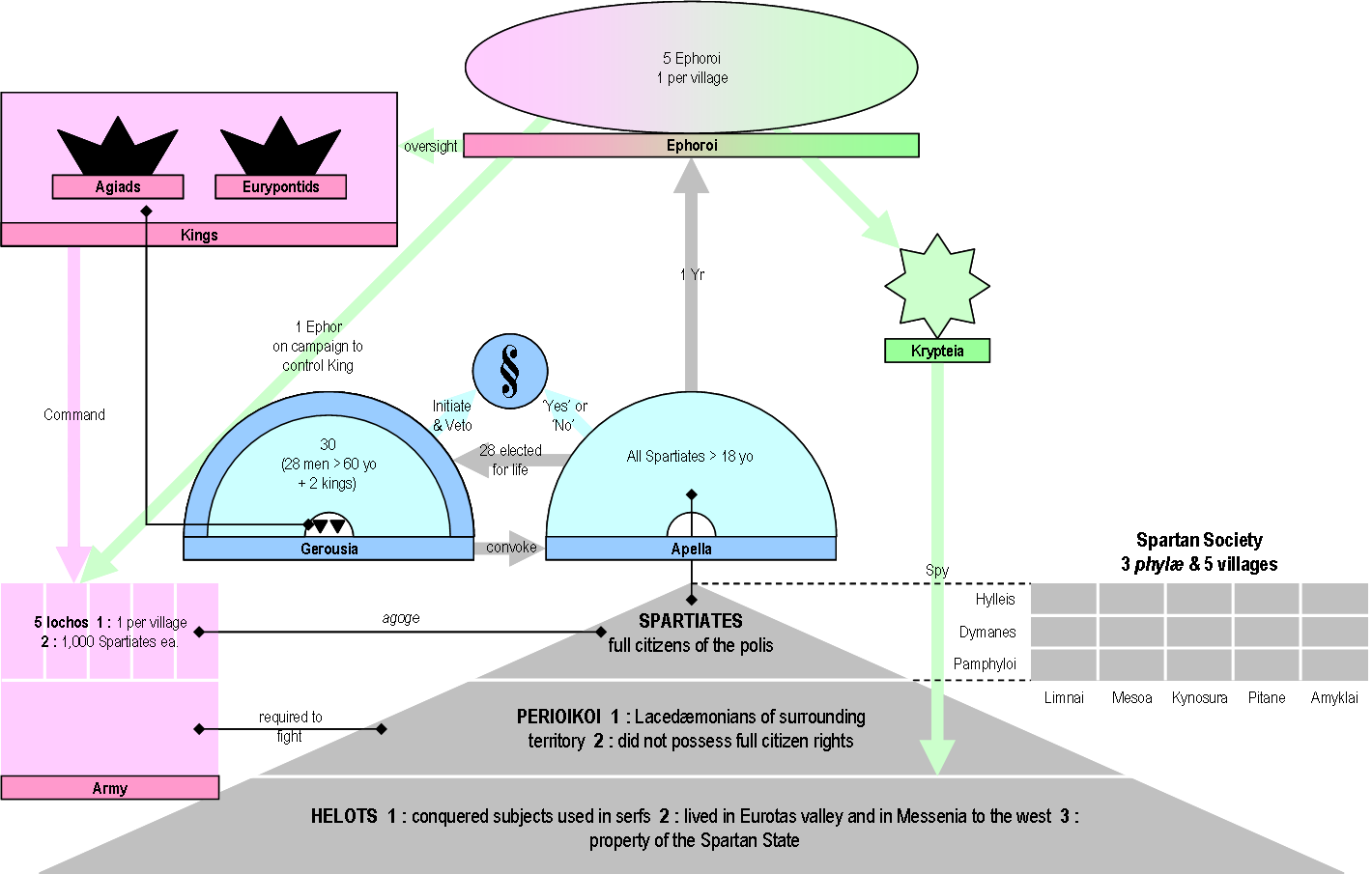Women had very few rights, let alone legal rights. They had no rights to vote or take part in the operation of the state. They were not allowed to watch the Olympic Games, as the participants did not wear clothes. Chariot racing was the only game women could win, and only then if they owned the horse. Most Greek households had slaves. Female slaves cooked, cleaned, and worked in the fields. If a woman did not have a slave, then they had a lot more freedom, but a lot more work to do. Athenians created democracy. All citizens were expected to vote; women and slaves were not considered citizens.


_01.jpg)


